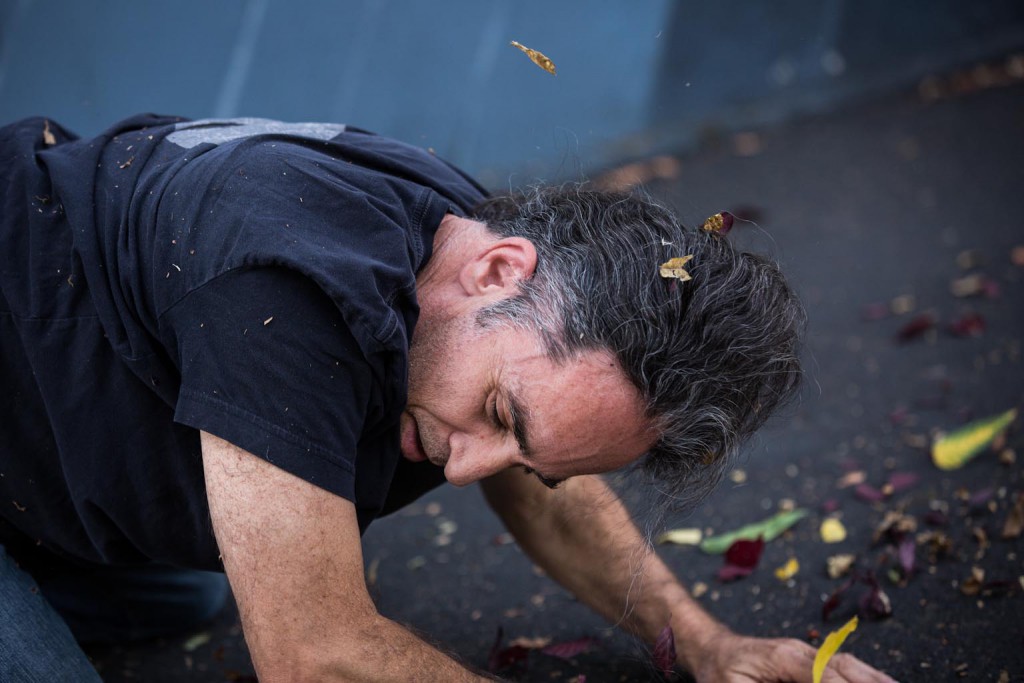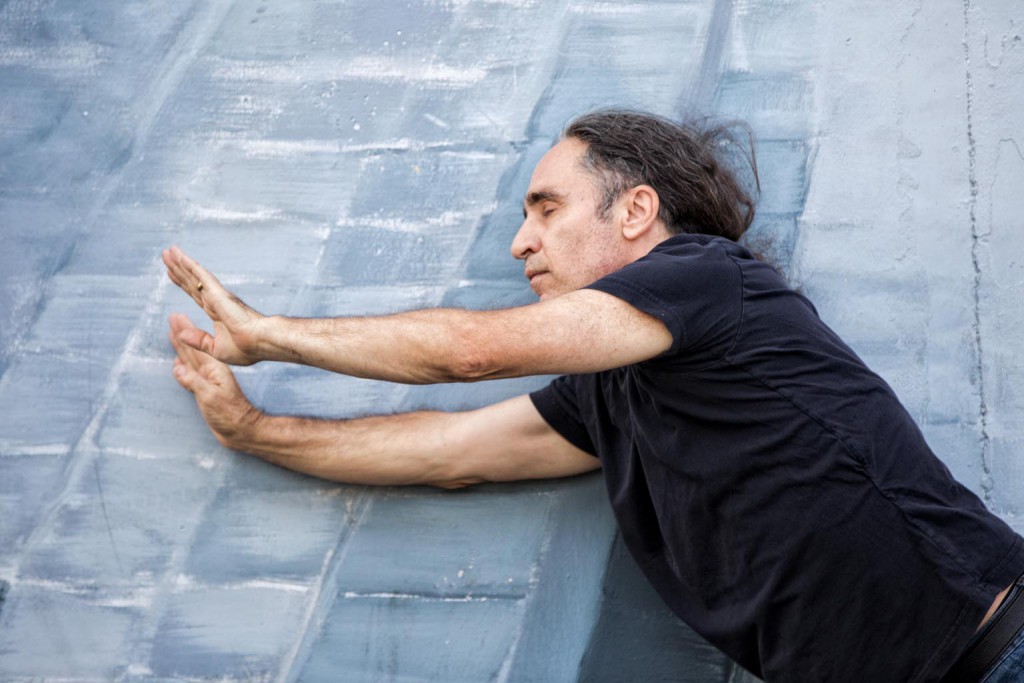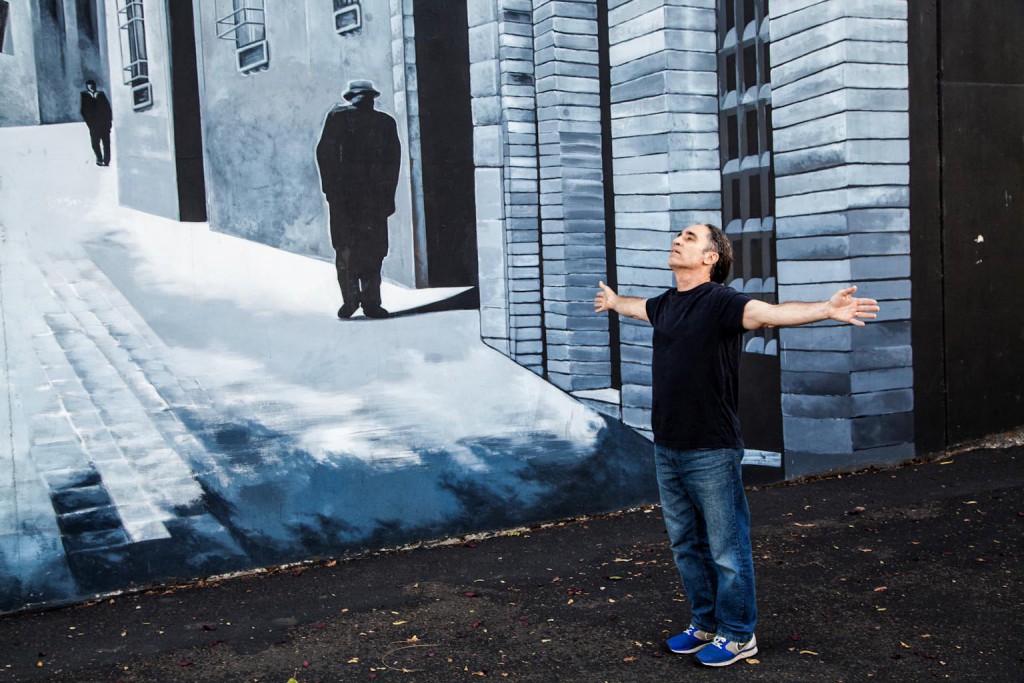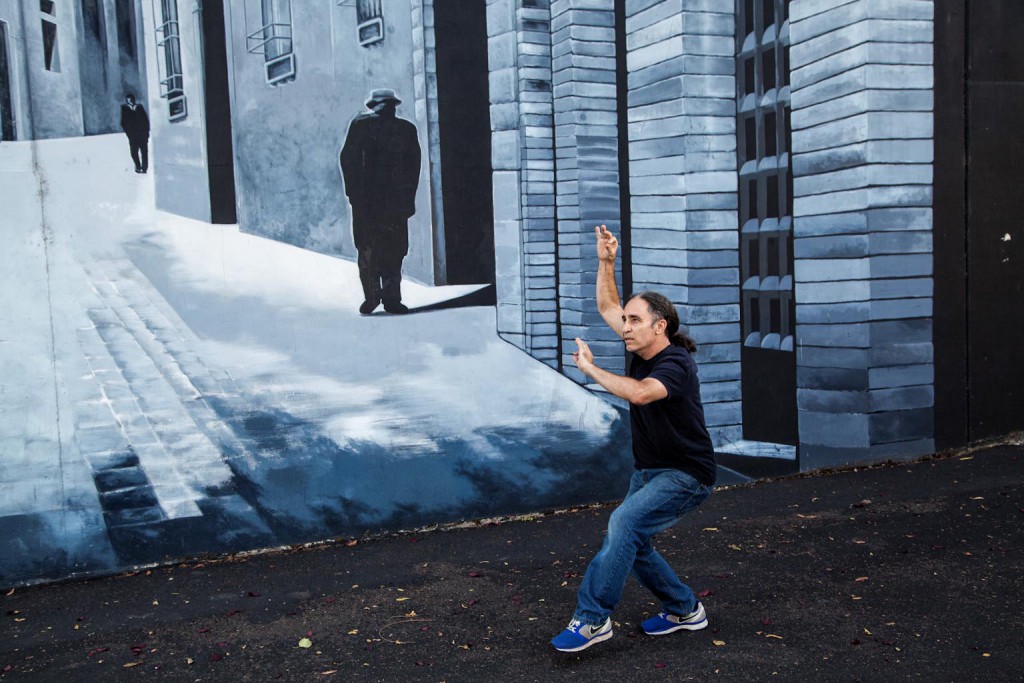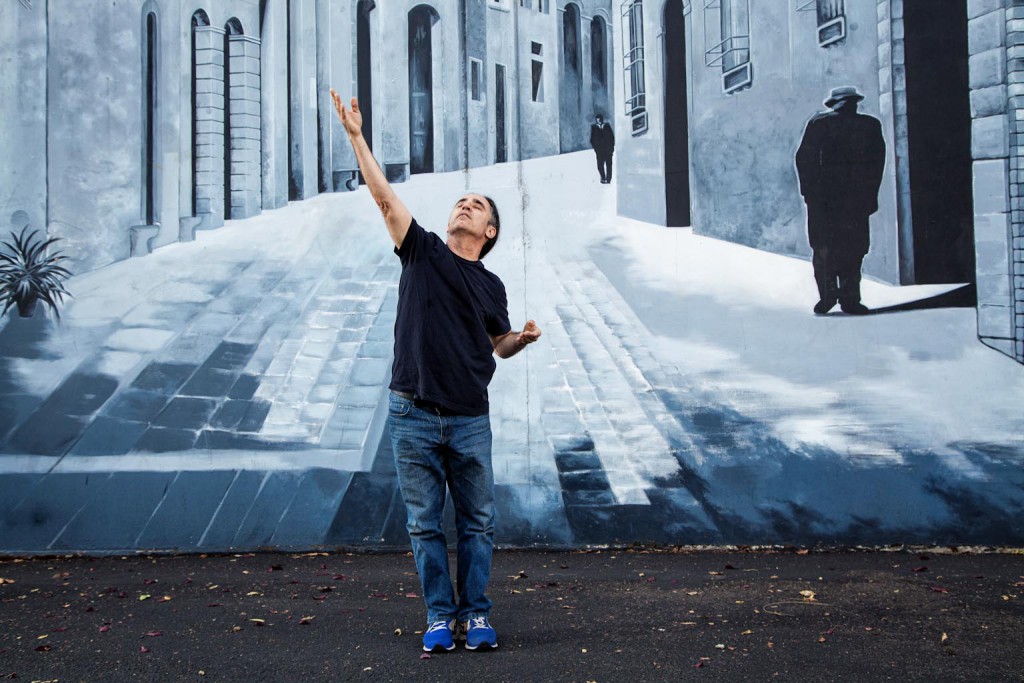The Body You Dance: An Interview with Alito Alessi
BY EMMALY WIEDERHOLT; PHOTOGRAPHS BY GREGORY BARTNING
Alito spoke and danced like wind.
I sense the wind’s power in what I see moved by it; I feel its scope in its universal affect; I discover its dimension in its varying layers.
To meet Alito is to understand the definition of “a force of nature.”
This interview is from the book “Beauty is Experience: Dancing 50 and Beyond.” Click here to learn more about the book, or click here to order your own limited edition copy!
~~
How did you begin dancing and what have been some highlights along the journey?
I grew up in hardcore inner-cities across the United States, listening to James Brown and dancing in the streets. If you could dance, it helped your social status. That was my beginning orientation toward dance. It made me feel I had a place.
I started running in high school. I had to take a physical fitness exam and broke the state record for running the mile. Suddenly I got a lot of attention as a competitive athlete.
Eventually I got a scholarship to the University of Oregon. It was 1972, during the Vietnam War. I was anti-institution and anti-competition, so as a consequence I quit competitive running. I still ran, though. I’ve continued to run my whole life.
Then I became part of the Eugene Dance Collective. We were a collective of 35 people, many of whom have gone on to impact the contemporary dance world. How we worked as a collective has profoundly influenced my work.
In 1979, I started my own company, Joint Forces Dance Company, with a group of collaborators. In 1984, Karen Nelson and I created The Hoop Dance, which was recognized as the first dance that took the skills of contact improvisation and applied them to choreography. That was a big pop to our careers.
We took contact improvisation into choreography, and then we wondered how to keep pushing. We set up situations where we could move with people with different abilities and learn from them about movement. Our primary interest and orientation was arriving at a place where we didn’t know what to do. That’s the idea of improvisation – to find a place you don’t know.
Then the question was: How could we come together and facilitate learning from each other on a vice versa basis? That was the orientation of the beginning of the work that would become known as DanceAbility.
The perspective people have about mixed abilities work is it’s a different step than what you do with able-bodied people. But it’s not different. Each person you meet, you have to ask: Do they understand me? Do I understand them? How does their mind work? How does their body work? How are we together? Assumptions have so much power.
I work with all people in any combination with the intention of educating myself in the present moment so that it may educate me about how to be more present in relationship, and also how to be in a community and identify what I offer and what can be offered to me, and to allow those exchanges to happen.
At this present moment, we have 400 to 500 DanceAbility teachers in 40 countries. We probably have 20 strong DanceAbility communities beyond all the individuals spreading the work.
What does your current dance practice look like?
When I’m making a new show, I usually rehearse a few times a week for two to three hours at a time. I intermix that with administrative work and logistics. I’ve traveled about four to five months a year for the past 15 years throughout the world teaching DanceAbility, contact improvisation, bodywork and improvisation.
How has your motivation to dance changed over time?
My initial motivation was survival and desperation to find a place I belonged. Then I started to dance and teach. I was successful but not happy. I was touring, teaching and making good work that got good reviews. People loved it, but I didn’t.
When I started to do the mixed abilities work, I started to develop a system to broadly apply what I was doing. What came out of that has become my motivation.
My goal is to meet myself. I dance to understand myself, because I confuse myself a lot. I act in ways I don’t believe in. I act in ways that don’t support my benefit. These behaviors confuse me. Why do we make those choices and what is it in ourselves that chooses them? My first motivation in dancing is to understand me so that I might have the opportunity to represent myself and my interests in the present moment.
Then, the question is: How can I share my information with other people? How can each person evolve their life regardless of how someone else sees them or labels them? I want to allow people to experience their own value.
From there, I facilitate through nonverbal movement relationships how to make a community of people. Each person in each environment has equal access to themselves, relationship and community.
That’s been my motivation – to create a model for how society could evolve should it allow and support the experience and expression of every individual, rather than separating and isolating individuals. To me, that’s the definition of disability – isolation. By creating a practice where whatever each person has to offer and receive is integrated, you then have a different kind of functioning of society that allows for a different form of evolution.
What does the idea of success mean to you?
When I started my career, I was most interested in being a choreographer. In the contemporary dance world, to make a living doing that is really hard. So at a certain point, I had to decide what success was. I thought personal success would be to only follow my desire, but while it might have brought me happiness, it wouldn’t bring me survival or quality of life. So I decided to teach. I learned from that choice that where I have the most to offer is as a teacher, even though it’s not what I thought I wanted to do most.
What do you perceive is your legacy?
Legacy means I disappear. All of the time it took me to make what I have now, which is about 30 years, someone else could learn most of in one year because of the way it’s been simplified.
The work is the legacy. The legacy – not my legacy – is a state of mind that dancing exists in all bodies; all bodies speak, and all bodies have a wisdom that needs to be expressed and needs to be experienced.
Any other thoughts?
The method I teach is the same method I live. I’m not trying to put technique on someone else. I’m trying to draw out of another body their expression. I’m interested in that same thing for myself.
In a way, the idea of the aging body in dance is a little bit of a joke, because I dance my body wherever it is. When I was 22, I danced a certain kind of dance. When I’m 61, I’m still meeting my body where it is and allowing it to formulate its own expression and experience. For me, that’s the definition of beauty. It’s not a visual. It’s an experience. People’s bodies are a temporary condition. What’s true to you now? That’s the body you dance.
~~
Alito Alessi is the artistic director of DanceAbility® International and co-founder of DanceAbility®. He is internationally known as a pioneering teacher and choreographer in the fields of contact improvisation, dance and disability. Alito has overseen the production of three documentaries of his work, and is currently authoring a book, The DanceAbility Method: Connecting People of all Abilities.
This interview is from the book “Beauty is Experience: Dancing 50 and Beyond.” Click here to learn more about the book, or click here to order your own limited edition copy!

